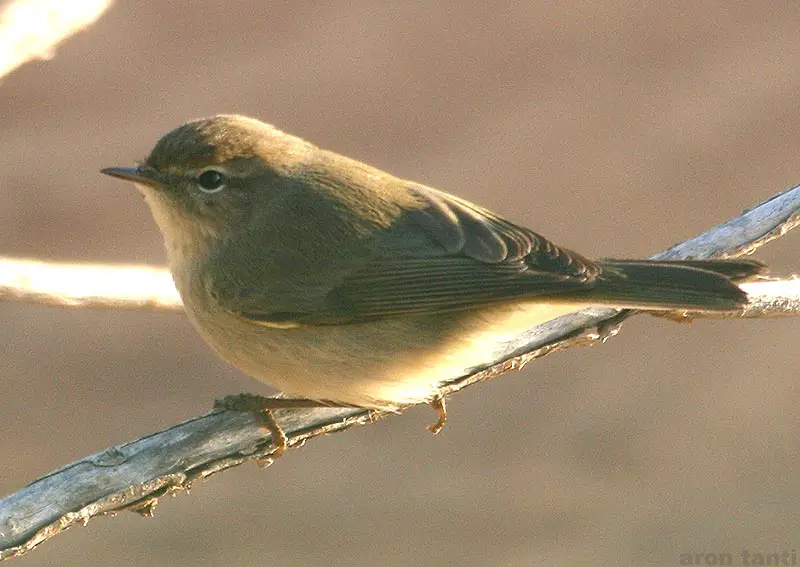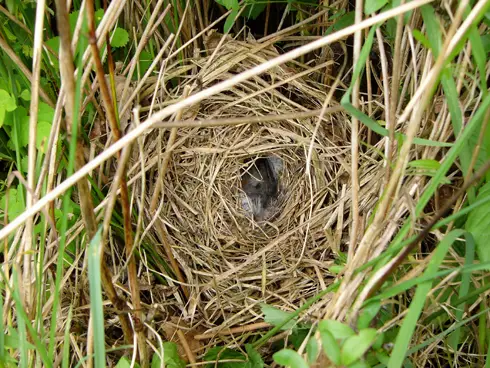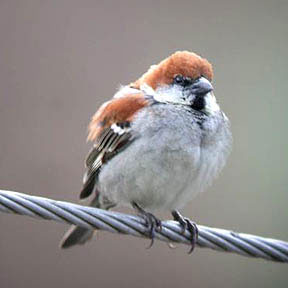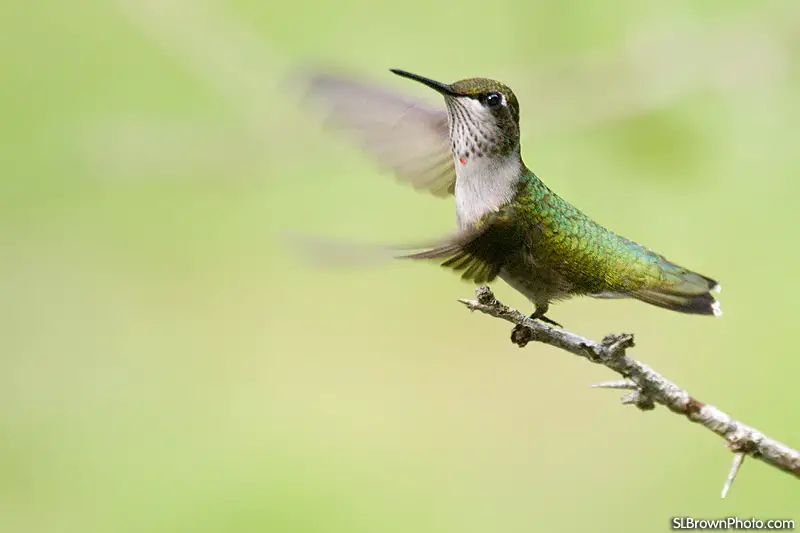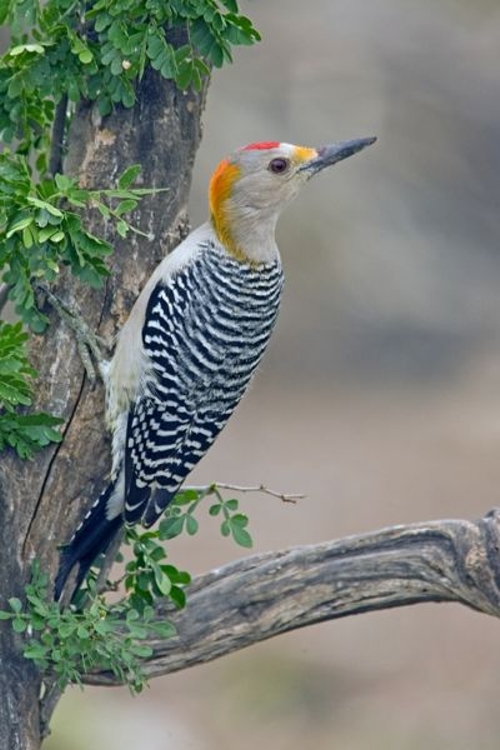Chiffchaff
Chiffchaff (Phylloscopus collybita) is often the first bird to return from the winter migration. They’re welcome birds in gardens and house areas, because they hunt out insects. They’re widespread and very common in most parts of Europe, Asia and North Africa, stretching to as far east as northeastern Siberia.
As many species that feed mostly on insects and bugs, they are quite small, reaching only 11-13 cm in length. Juvenile specimen have a brownish gray head and back, with a bright yellow and white underside, while the mature birds are generally darker. In appearance, they hold a striking resemblance to willow warbler, but they can be distinguished by their calls – the Chiffchaff’s “chilp-chalp” singing can be heard early in spring.
The Chiffchaff inhabits all types of forests – they like deciduous forests with a rich undergrowth, as well as regions with plenty of fir trees. Even though the bird prefers this kind of environment, they are also commonly seen in gardens and parks, if they provide with tall trees and enough food. Chiffchaffs usually live alone or in small flocks. In August, most of the birds fly South, to warmer territories, spending their winter in the Mediterranean area or North Africa, or the Middle East territories.
They feed mostly on bugs and insects which are plenty of in trees and thick bushes. The small bird flies from tree to tree, jumping from one branch to another, relentlessly hunting. No bug can escape them – the Chiffchaffs search all leaves and branches eating larvae, worms, butterflies, insects and spiders they find. Sometimes a number of specimen may stay in their nesting areas even in November and December and during this time they rip off tree barks and find eggs and bugs that are there, and occasionally start hunting on the ground too.
When returning from their wintering areas, Chiffchaff males immediately take a territory and with singing protects it from other rivals. When about fourteen days later the females come, males start looking for a mating partner. After copulation, the female is left alone to construct a nest and raise the offspring. The nest is usually hidden deep in bushes close to the ground, made of dry grass, leaves and moss. Every day the female lays an egg, up to a total of seven eggs and incubates them for 14-15 days. After about three weeks of intensive feeding by the mother, the chicks can start flying and they soon leave the nest and start independent lives.
Because of their steady reproduction rate and the fact that they’re welcomed by humans as pest eradicators, the Chiffchaffs are holding a steady population and it is increasing every year. They are listed by the IUCN list of endangered species as “Least Concern” which means that no actions in regards to conserving them needn’t be taken.
